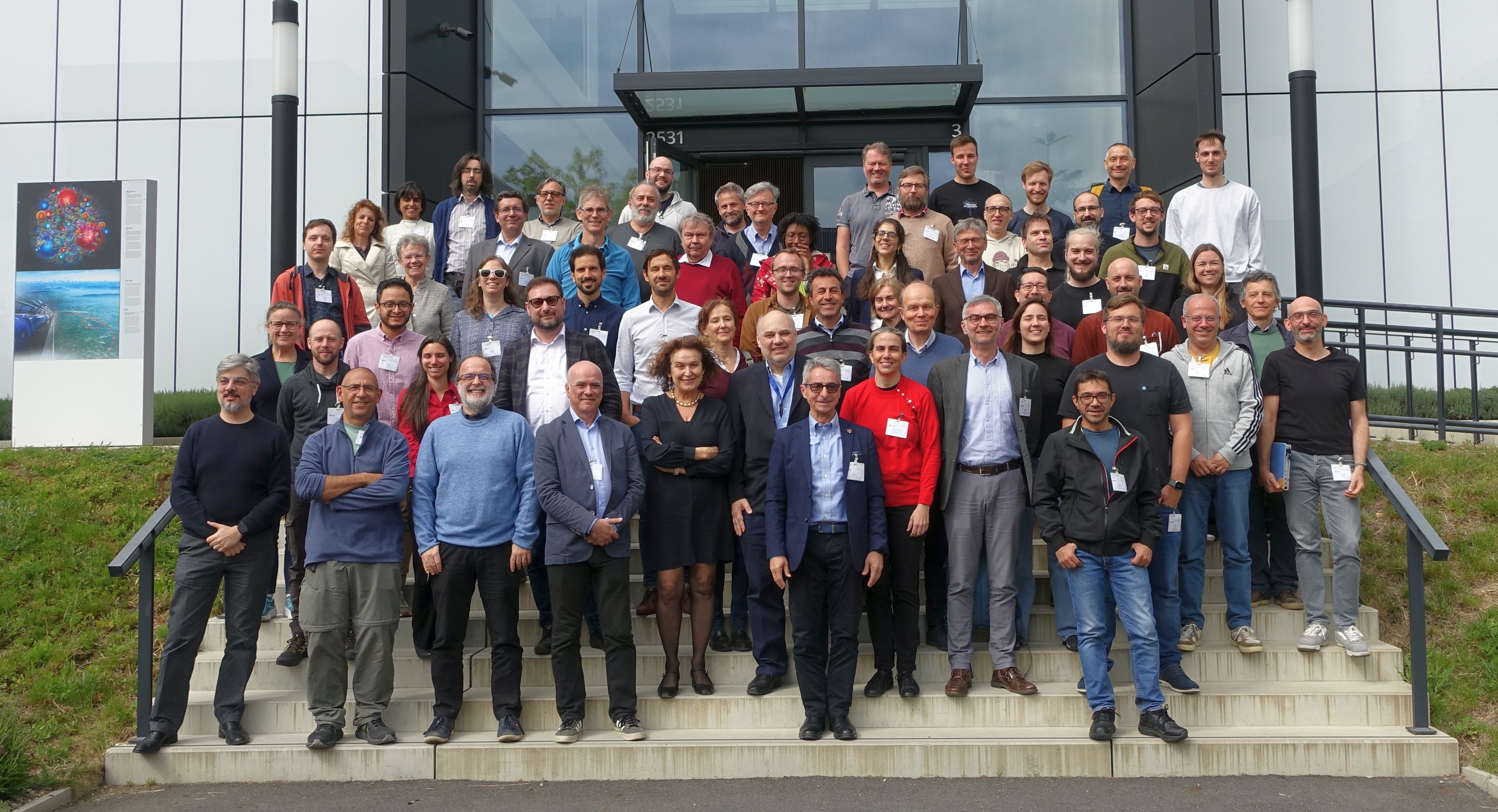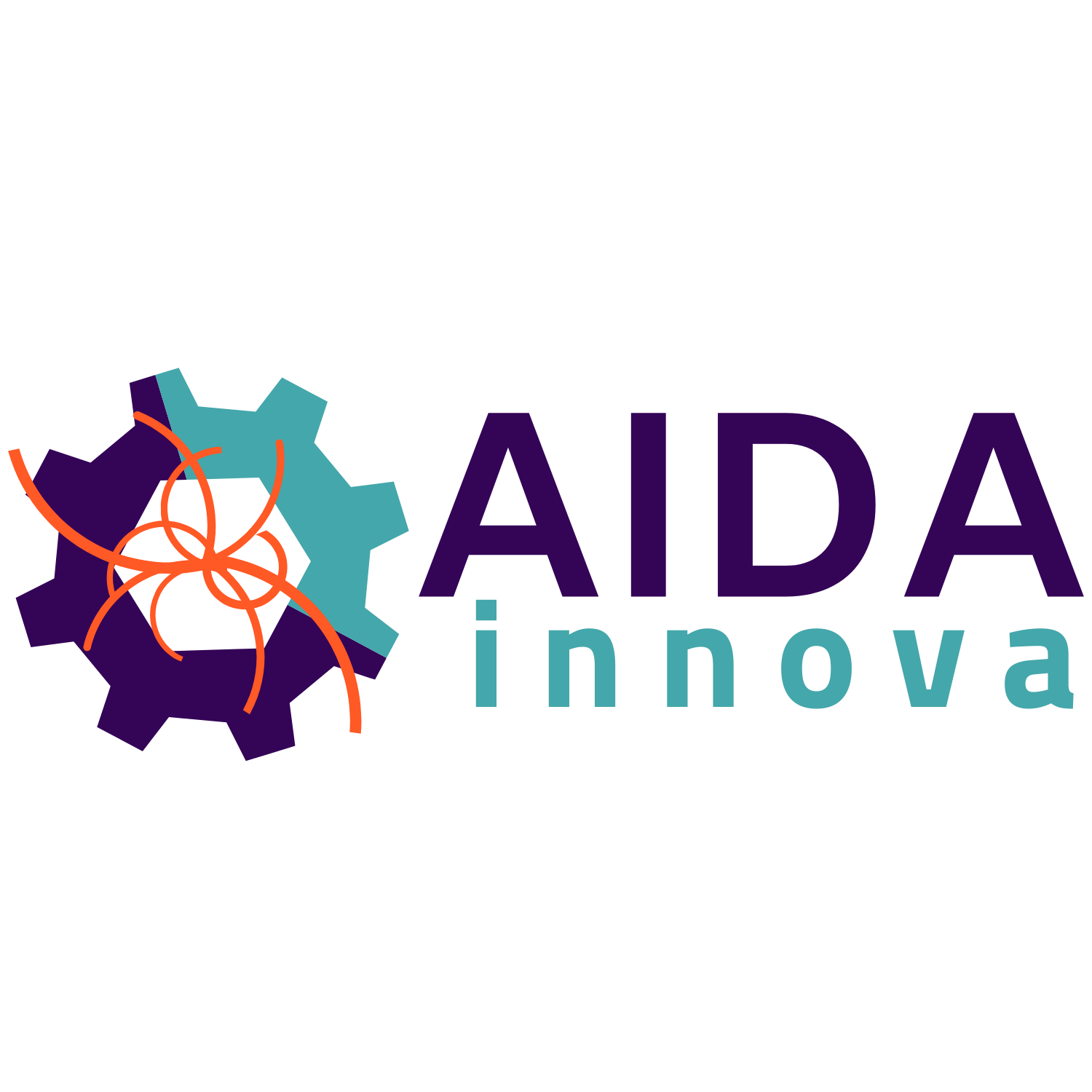
A wide array of developments aimed at advancing detector technologies for particle accelerators were showcased at the final annual meeting of the AIDAInnova project this month.
The meeting, held in Prague at the Institute of Physics of the Czech Academy of Sciences between 5 to 8 May, brought together representatives of many of the EU-funded project’s 46 beneficiaries, including several representing companies.
With the project now in its final year, talks centered on demonstrating the results of the work carried out over the past four years.
The project is structured to improve detector technologies and facilities through three pillars: developing the backbone technologies that underpin detectors, developing detector facilities, and developing future detector technologies.
Notable progress has been made in several key technological areas, such as advancing calorimeters and particle identification detectors (PIDs), improving hybrid pixel sensors for 4D tracking, advancing gaseous detectors including carrying out a detailed study for eco-friendly gases, and developments linked to cold liquid neutrino detectors designed for use at the Deep Underground Neutrino Experiment, which is currently under construction in the US.
Further to this, significant progress has been made on improving test beam and data acquisition infrastructure and upgrading and characterising irradiation facilities.
Detectors of the future: Blue sky research
The AIDAInnova project also supports blue sky research, with four notable projects presented during the meeting. This included the development of compensated Low-Gain Avalanche Diodes (LGADs) for extreme fluences, the development of innovative nanocomposite scintillators for fine-sampling calorimetry, the development of a Silicon Electron Multiplier sensor, and the Wireless Data Transfer project that aims to develop wireless communication links that could replace or supplement traditional wired data connections in particle detectors.
Despite the complexity of all of the projects, there have been promising results and the lessons learned can lay the foundation for future or continued research.
AIDAInnova meets industry
The annual meeting was also a chance for researchers and industry representatives to network and discuss the project. A panel discussion on the links between the project and industry was held, and was a chance to explore the cross-over needs in terms of detector technologies.
Following the panel, three companies, Pfeiffer Vacuum, Crytur and Foton, had the chance to display some of their products and explain their work to AIDAInnova participants.
A talk during one of the plenary sessions on the knowledge transfer aspect of AIDAInnova showed that 10 technology disclosures have been submitted, surpassing the project’s initial target of five. A report summarising the various technologies developed during the project that have potential applications in industry is set to be published this summer.
AIDAInnova and the future
With the project set to wrap up in autumn this year, this annual meeting was a chance for the project’s participants to look ahead to the future.
For the detector community, there are still many technical challenges to overcome in order to advance various scientific fields, including high-energy physics. There is now a clear path to follow after the development of the Detector Research and Development Roadmap by the European Committee for Future Accelerators (ECFA). This document will help steer any future European-wide projects on detector technologies and facilities.
Work has already begun on preparing the proposal for a new European call that would lead to the successor project of AIDAInnova.
